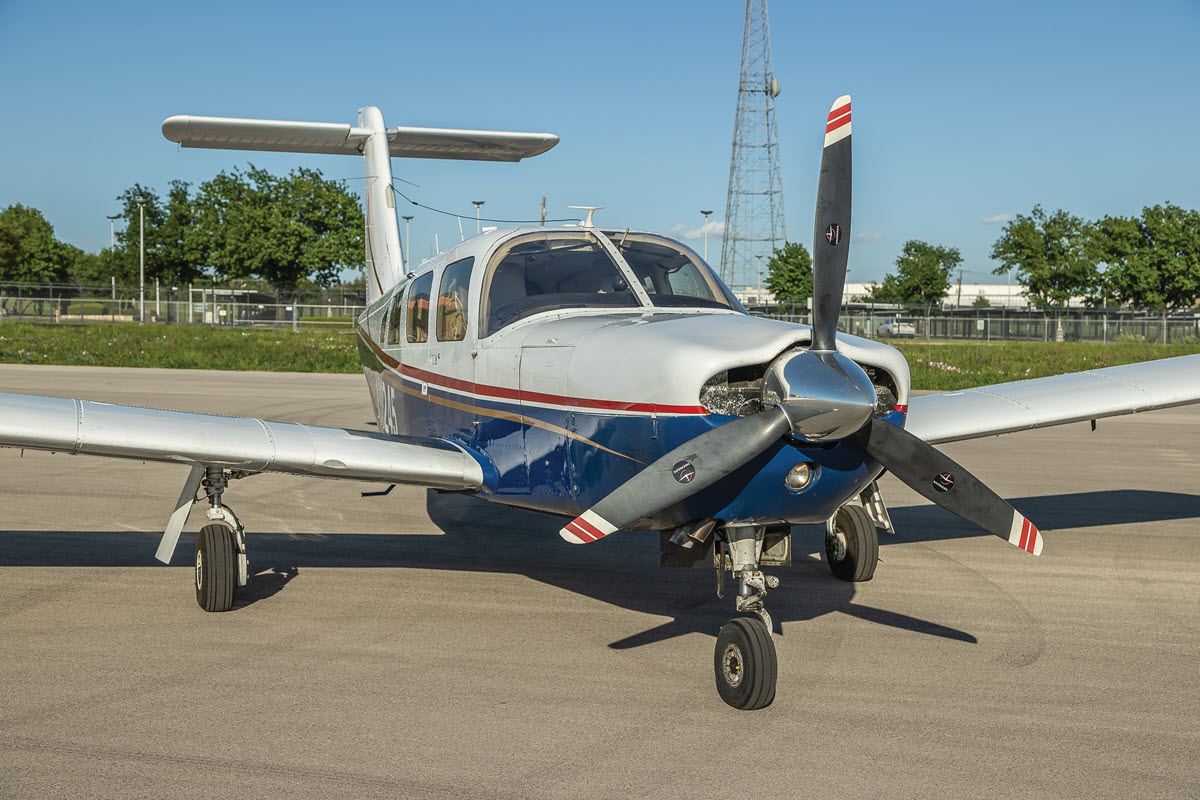Tracing the Legacy and Innovations of Piper Lance
In the annals of aviation history, the Piper Lance occupies a unique position as both a staple of personal aviation and a pioneer in aircraft innovation. Released during an era of rapid technological advancements, the Piper Lance not only offered aviators a dependable and versatile flying experience but also laid the groundwork for future developments in general aviation. This article delves into the historical significance and innovations that have cemented the Piper Lance’s legacy in modern aviation.
Exploring Piper Lance’s Historical Significance

The Piper Lance emerged in the 1970s, a pivotal time in aviation history when manufacturers sought to balance performance, reliability, and cost-effectiveness in light aircraft design. As a derivative of the popular Piper Cherokee Six, the Lance inherited a legacy of robustness and utility that appealed to both private pilots and small commercial operators. Its introduction helped to democratize personal aviation, making it more accessible to a wider audience and setting a precedent for subsequent Piper models.
With its sleek, retractable landing gear and powerful 300-horsepower Lycoming engine, the Piper Lance was designed to meet the evolving demands of pilots seeking greater speed and efficiency without sacrificing comfort. This aircraft quickly gained a reputation for its impressive load-carrying capacity and range, making it a favorite among family flyers and small business owners who needed a reliable means of transportation across medium distances. In doing so, the Lance strengthened Piper’s position as a leading manufacturer in the competitive field of general aviation.
Furthermore, the Piper Lance played a crucial role in bridging the gap between piston-engine aircraft and more advanced aviation technologies that would emerge in the following decades. By offering features that were ahead of its time, such as advanced avionics options and improved aerodynamics, the Lance set the stage for the high-performance aircraft that dominate the skies today. Its historical significance is underscored by its ability to adapt and thrive in an ever-changing aviation landscape, leaving a lasting impact on the industry.
Innovations That Redefined Modern Aviation

The Piper Lance is celebrated not only for its historical roots but also for its forward-thinking innovations that influenced modern aviation design. One of its most notable innovations was the introduction of the T-tail configuration in the Piper Lance II, which improved aerodynamic efficiency and handling characteristics. This design choice allowed pilots to experience enhanced stability and control, especially during landing approaches and turbulent conditions, marking a significant step forward in aircraft maneuverability.
Another groundbreaking innovation associated with the Piper Lance was its focus on pilot and passenger comfort, which was not commonly seen in aircraft of its class at the time. The spacious cabin, equipped with club seating and generous windows, offered an unparalleled level of comfort and visibility, mirroring the luxuries found in larger, more expensive aircraft. This commitment to enhancing the flying experience anticipated the future trend in aviation where passenger comfort would become as crucial as performance and reliability.
In the realm of avionics, the Piper Lance also set a high standard by integrating a range of advanced systems that improved navigation and communication. This foresight in technology adoption paved the way for the sophisticated avionics seen in contemporary light aircraft. By incorporating cutting-edge technology, the Piper Lance not only enhanced the safety and efficiency of flights but also raised the expectations for what personal aircraft could offer, encouraging other manufacturers to follow suit and innovate further.
The Piper Lance remains a testament to the enduring spirit of innovation that drives the aviation industry forward. Its historical significance and technological advancements have left an indelible mark on the world of general aviation, inspiring subsequent generations of aircraft design. As we continue to explore the skies with ever-evolving aircraft, the legacy of the Piper Lance serves as a reminder of the importance of balancing tradition with innovation to achieve progress in aviation.



